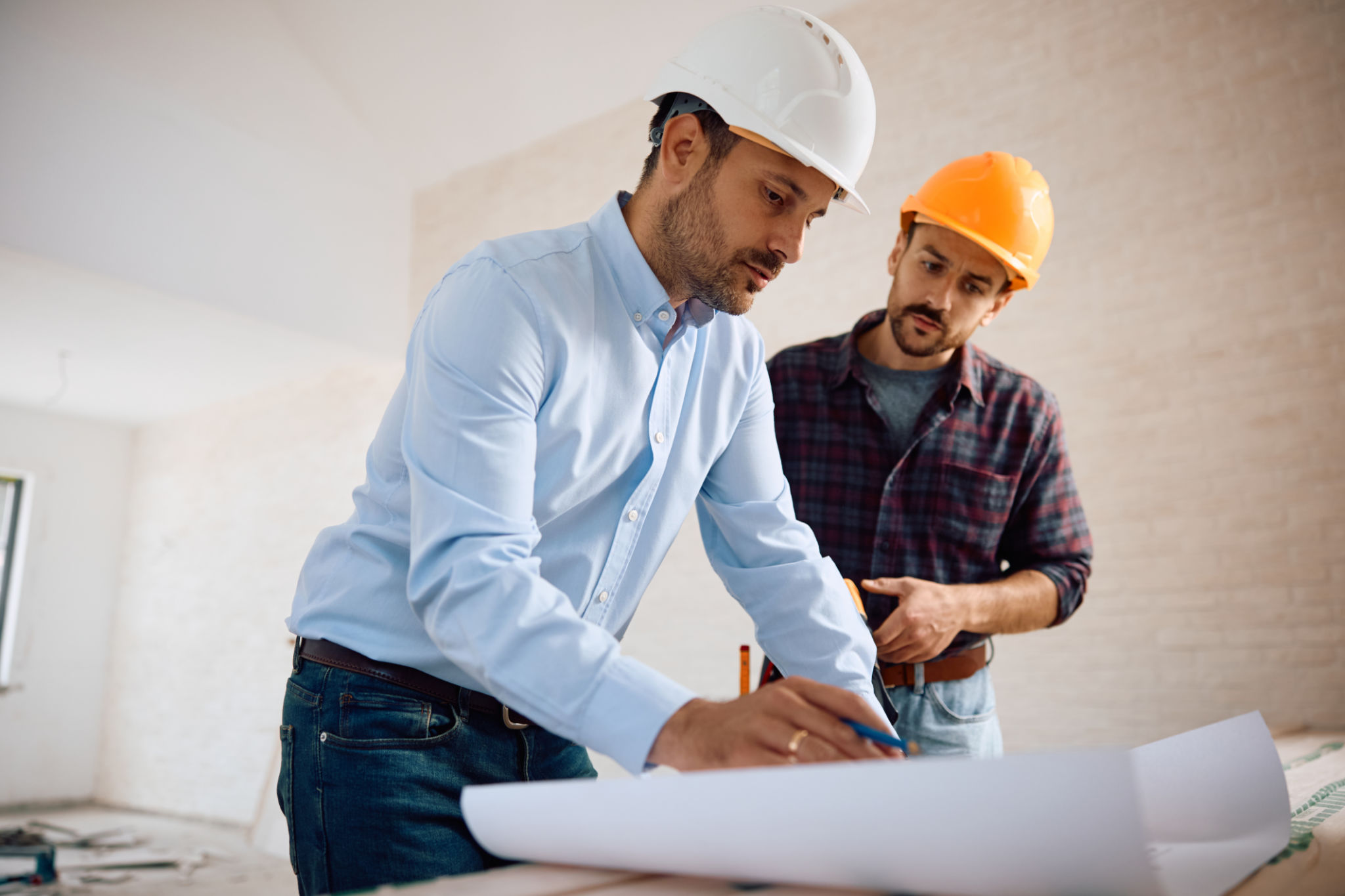Sustainable Building Practices in California: A Guide for Modern Construction
Understanding Sustainable Building Practices
As the world grapples with environmental challenges, the construction industry in California is increasingly turning to sustainable building practices. These practices not only reduce the environmental impact but also promote energy efficiency and resource conservation. Sustainability in construction involves using materials and methods that are eco-friendly and ensure the longevity of the built environment.
California, with its diverse landscape and environmental regulations, is at the forefront of this movement. Builders and developers in the state are adopting innovative strategies to create structures that are both sustainable and conducive to modern living.

Materials for Sustainable Construction
The choice of materials is a critical aspect of sustainable building practices. In California, there's a strong push towards using recycled, renewable, and locally sourced materials. These include bamboo, recycled steel, and sustainably harvested wood. By choosing such materials, builders can significantly reduce their carbon footprint.
Additionally, incorporating materials that improve energy efficiency, like high-performance insulation and energy-efficient windows, plays a crucial role in creating sustainable buildings. These materials help in maintaining optimal indoor temperatures, reducing the need for excessive heating or cooling.
Energy Efficiency and Renewable Energy
Energy efficiency is a cornerstone of sustainable building practices. In California, buildings are increasingly being designed to utilize natural light and ventilation. This not only reduces energy consumption but also creates healthier indoor environments.
Moreover, the integration of renewable energy sources like solar panels is becoming more common. California's abundant sunshine makes solar energy a viable option for powering homes and commercial buildings. By harnessing renewable energy, buildings can achieve net-zero energy consumption, significantly reducing their reliance on fossil fuels.

Water Conservation Techniques
Water conservation is another critical element of sustainable building practices in California. Given the state's drought-prone climate, implementing water-saving technologies is essential. Builders are incorporating systems like rainwater harvesting and greywater recycling to reduce water usage.
Low-flow fixtures and drought-resistant landscaping are also popular choices. These measures help in conserving water while maintaining the aesthetic appeal of buildings and their surroundings.
Green Building Certifications
To ensure adherence to sustainable building practices, many projects in California seek green building certifications. Programs like LEED (Leadership in Energy and Environmental Design) provide guidelines for designing and constructing environmentally responsible buildings.

These certifications not only recognize sustainable achievements but also add value to properties by assuring buyers and tenants of their environmental credentials. As demand for green buildings grows, these certifications are becoming an important consideration in the construction industry.
The Role of Technology in Sustainable Construction
Technology plays a pivotal role in advancing sustainable building practices. From smart home systems that optimize energy use to advanced building management systems that monitor resource consumption, technology is transforming how buildings operate.
In California, builders are leveraging technology to design structures that are both efficient and responsive to environmental changes. This technological integration ensures that buildings remain sustainable throughout their lifecycle.
- Adopt eco-friendly materials
- Focus on energy efficiency
- Implement water conservation strategies
- Pursue green building certifications
- Leverage technology for sustainability
The Future of Sustainable Building Practices
The future of construction in California looks promising as more builders embrace sustainable practices. With continued advancements in technology and a growing awareness of environmental issues, sustainable building practices will become the norm rather than the exception.
As these practices evolve, they will not only contribute to environmental conservation but also enhance the quality of life for residents. By prioritizing sustainability, California's construction industry is paving the way for a greener, more resilient future.

